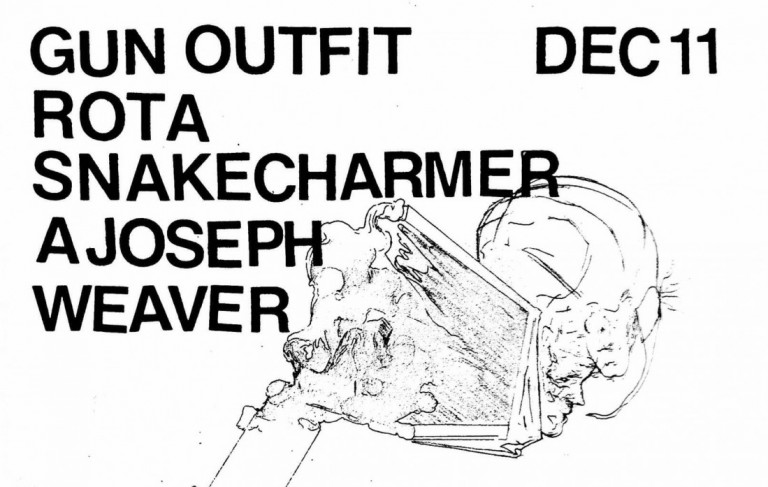‘Trois Hommages’ at EMPAC
I’m a firm believer that a book or movie is best experienced cold. Going in with zero knowledge whatsoever of the subject matter is typically impossible but when it happens, it’s magical. Simply sitting there and accepting what’s happening with no expectation or preconceived notions as the work progresses is something that hasn’t happened to many since their childhood. This was how I got to experience Mabel Kwan perform Trois Hommages by Georg Friedrich Haas at EMPAC.
Trois Hommages by Georg Friedrich Haas are three pieces of music written to be played on two pianos simultaneously, with one piano tuned normally, and the other a quarter tone lower. This results in 24 notes per octave rather than the standard 12, and with both pianos, there are now 176 notes instead of 88.
Hommage à György Ligeti (1984) is a piece written as an homage to György Ligeti who is considered “one of the most important avant-garde composers in the latter half of the twentieth century. This piece begins with Mabel Kwan’s arms extended fully in opposite directions tapping notes feverishly on both pianos and moves into a totally consuming dissonant droning fog that I would have previously considered a sound impossible to make with any analog instrumentation.
Hommage à Josef Matthias Hauer (1982) is written for Josef Matthias Hauer, the composer responsible for developing “a method for composing with all 12 notes of the chromatic scale. A departure from the previous piece and decidedly more musical, arpeggios played by one hand were at odds with the arpeggios a quarter tone “off as played by the other.
Hommage à Steve Reich (1982) is written for Steve Reich, a composer who “pioneered minimal music in the mid to late 1960s. This was the most technically difficult to play, and the most interesting of the three pieces. In ways it felt like a combination and evolution of the previous two.
Over the course of the performance, I let go of trying to digest each note as it’s played and begin to let the sound as a whole come together. Microtonal music is a challenge to listen to as it’s quite a departure from “normal music. But to then take microtonal music, compose it across two pianos tuned a quarter-tone apart, and compose pieces to honor avant-garde musical pioneers is another thing entirely. This performance represents a lot of what I enjoy about EMPAC. Just trust the curators to put something incredible in front of you, show up, and enjoy.


